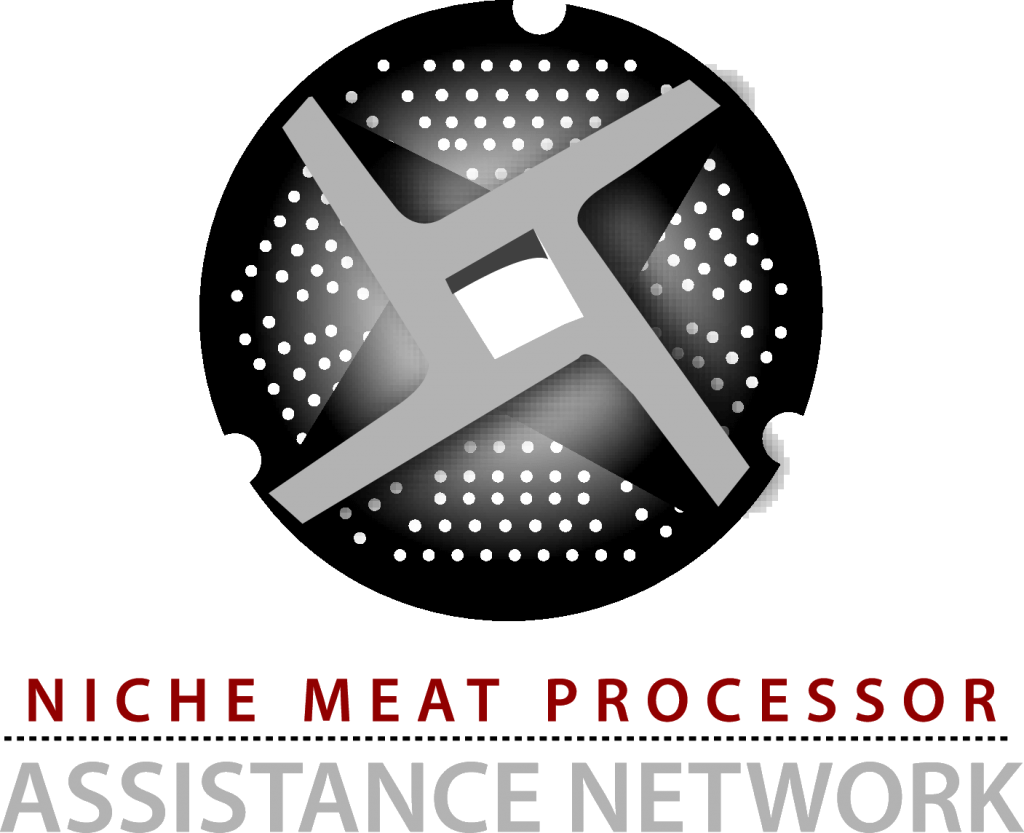If you are interested in preparing jerky in your processing facility, you will need to demonstrate lethality in your jerky-making process. Typically this means cooking under controlled humidity per Appendix A, and then drying.
This AskFSIS question addresses this:
http://askfsis.custhelp.com/app/answers/detail/a_id/902/
A few words of advice on jerky making from our listserv:
“A real smokehouse is probably the best way to [make jerky]. Unfortunately, you can’t just dry it and call it good. FSIS stopped allowing that a number of years ago because some pathogens were surviving the drying.
The University of Wisconsin – Madison’s Center for Meat Process Validation has a decent jerky (and other shelf-stable products) HACCP plan that is pretty detailed.”
Validation Documents
When you write your HACCP plan for jerky, you’ll need to use key validation resources as references and you’ll want to keep these documents on hand, with your HACCP. Frequently used articles include:
Buege, D. R., Searls, G. Ingham, S.C. 2006a. Lethality of commercial
whole-muscle beef jerky manufacturing processes against Salmonella
serovars and Escherichia coli O157:H7. J. Food Prot. 69(9): 2091-2099.
Buege, D.R., Searls, G., Mohanan, S., Buege, D.R. 2006b. Survival of
Staphylococcus aureus and Listeria monocytogenes on vacuum-packaged beef
jerky and related products stored at 21°C. J. Food Prot. 69(9)
2263-2267.
Calicioglu, M., Sofos, J.N., Samelis, J., Kendall, P.A., Smith, G.C. 2002.
Destruction of acid-adapted and non-adapted Salmonella during drying and
storage of beef jerky treated with marinade. Animal Sciences Research
Report. Colorado State University.
Calicioglu, M., Sofos, J.N., Samelis, J., Kendall, P.A., Smith, G.C. 2003.
Effects of acid adaptation and modified marinades on survival of
postdrying Salmonella contamination on beef jerky during storage. J. Food
Prot. 66(3):396-402.
Getty, K.J.K., Boyle, E.A.E., Roberts, M.N., Lonneker, S.M. 2006. Jerky
Validation for Small and Very Small meat and Poultry Businesses: Final
Report.
Harrison, J.A. Harrison, M.A. 1996. Fate of Escherichia coli O157:H7,
Listeria monocytogenes, and Salmonella Typhimurium during preparation and
storage of beef jerky. J. Food Prot. 59(12):1336-8.
Harrison, M. A., Singh, R.K., Harrison, J.A., Singh, N. 2006.
Antimicrobial intervention and process validation in beef jerky
processing. Final Report.
Porto-Fett, A.C.S., Call, J.E., Luchansky, J.B. 2008. Validation of a
commercial process for inactivation of Escherichia coli O157:H7,
Salmonella Typhimurium, and Listeria monocytogenes on the surface of whole
muscle beef jerky. J. Food Prot. 71(5): 918-926
Some of the articles are available on the web (try searching via Google Scholar), some are not. If you are having trouble finding them, try contacting your local Cooperative Extension agent for help.


